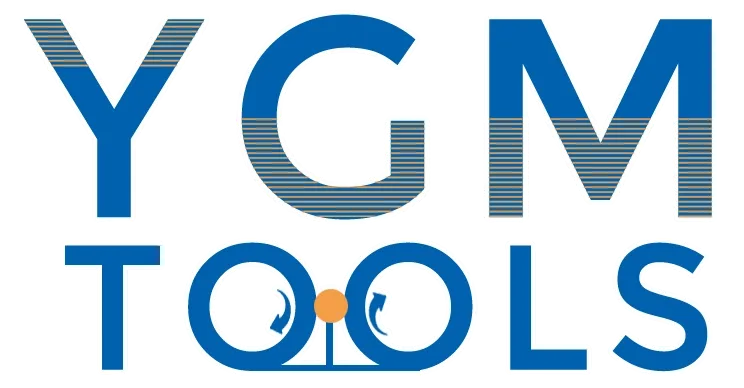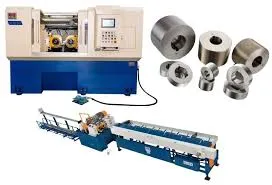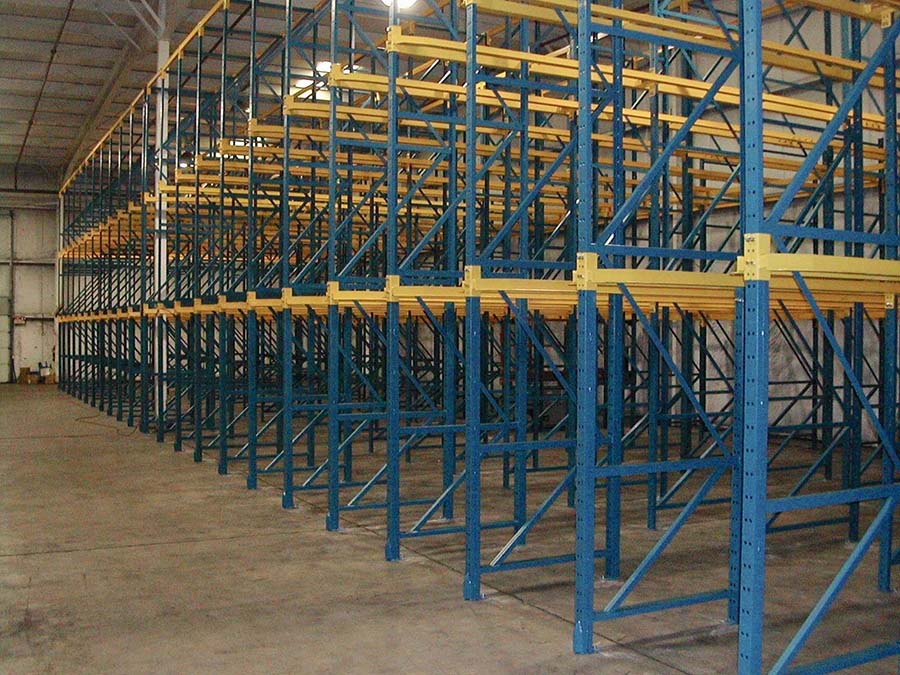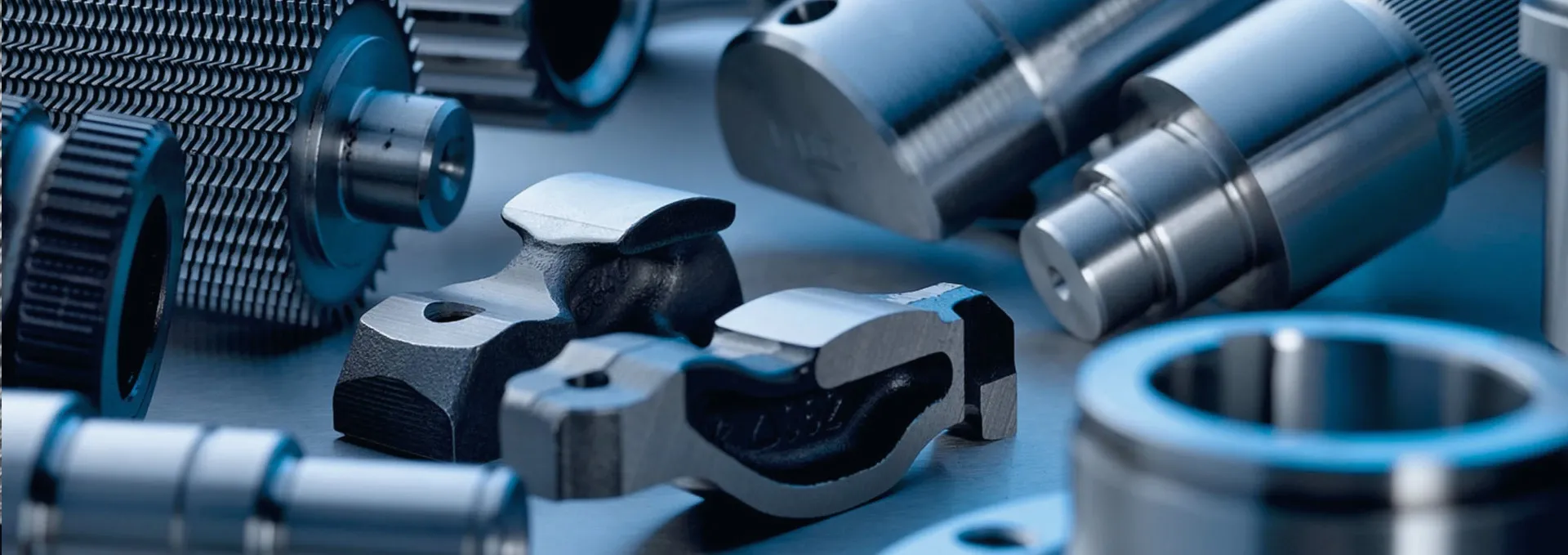
-
 Afrikaans
Afrikaans -
 Albanian
Albanian -
 Amharic
Amharic -
 Arabic
Arabic -
 Armenian
Armenian -
 Azerbaijani
Azerbaijani -
 Basque
Basque -
 Belarusian
Belarusian -
 Bengali
Bengali -
 Bosnian
Bosnian -
 Bulgarian
Bulgarian -
 Catalan
Catalan -
 Cebuano
Cebuano -
 Corsican
Corsican -
 Croatian
Croatian -
 Czech
Czech -
 Danish
Danish -
 Dutch
Dutch -
 English
English -
 Esperanto
Esperanto -
 Estonian
Estonian -
 Finnish
Finnish -
 French
French -
 Frisian
Frisian -
 Galician
Galician -
 Georgian
Georgian -
 German
German -
 Greek
Greek -
 Gujarati
Gujarati -
 Haitian Creole
Haitian Creole -
 hausa
hausa -
 hawaiian
hawaiian -
 Hebrew
Hebrew -
 Hindi
Hindi -
 Miao
Miao -
 Hungarian
Hungarian -
 Icelandic
Icelandic -
 igbo
igbo -
 Indonesian
Indonesian -
 irish
irish -
 Italian
Italian -
 Japanese
Japanese -
 Javanese
Javanese -
 Kannada
Kannada -
 kazakh
kazakh -
 Khmer
Khmer -
 Rwandese
Rwandese -
 Korean
Korean -
 Kurdish
Kurdish -
 Kyrgyz
Kyrgyz -
 Lao
Lao -
 Latin
Latin -
 Latvian
Latvian -
 Lithuanian
Lithuanian -
 Luxembourgish
Luxembourgish -
 Macedonian
Macedonian -
 Malgashi
Malgashi -
 Malay
Malay -
 Malayalam
Malayalam -
 Maltese
Maltese -
 Maori
Maori -
 Marathi
Marathi -
 Mongolian
Mongolian -
 Myanmar
Myanmar -
 Nepali
Nepali -
 Norwegian
Norwegian -
 Norwegian
Norwegian -
 Occitan
Occitan -
 Pashto
Pashto -
 Persian
Persian -
 Polish
Polish -
 Portuguese
Portuguese -
 Punjabi
Punjabi -
 Romanian
Romanian -
 Russian
Russian -
 Samoan
Samoan -
 Scottish Gaelic
Scottish Gaelic -
 Serbian
Serbian -
 Sesotho
Sesotho -
 Shona
Shona -
 Sindhi
Sindhi -
 Sinhala
Sinhala -
 Slovak
Slovak -
 Slovenian
Slovenian -
 Somali
Somali -
 Spanish
Spanish -
 Sundanese
Sundanese -
 Swahili
Swahili -
 Swedish
Swedish -
 Tagalog
Tagalog -
 Tajik
Tajik -
 Tamil
Tamil -
 Tatar
Tatar -
 Telugu
Telugu -
 Thai
Thai -
 Turkish
Turkish -
 Turkmen
Turkmen -
 Ukrainian
Ukrainian -
 Urdu
Urdu -
 Uighur
Uighur -
 Uzbek
Uzbek -
 Vietnamese
Vietnamese -
 Welsh
Welsh -
 Bantu
Bantu -
 Yiddish
Yiddish -
 Yoruba
Yoruba -
 Zulu
Zulu
Bolt Thread Rolling Machines High Precision & Durable Solutions
- Overview of Bolt Thread Rolling Technology
- Technical Superiority in Precision Engineering
- Competitive Analysis: Leading Manufacturers
- Customization for Industry-Specific Demands
- Performance Metrics Across Applications
- Cost-Benefit Breakdown
- Future-Proofing Production with Advanced Rolling Systems

(bolt thread rolling machine product)
Bolt Thread Rolling Machine Product: Revolutionizing Fastener Manufacturing
Modern manufacturing requires precision-engineered solutions, and bolt thread rolling machines deliver 23% higher output efficiency compared to traditional cutting methods. These machines cold-form threads through controlled pressure, eliminating material waste while achieving surface finishes of 0.8-1.6μm Ra. Industries from automotive to aerospace report 18-month ROI periods due to reduced tooling costs and 99.2% part consistency.
Technical Advantages Driving Industry Adoption
Advanced servo-driven models achieve synchronization accuracy within ±0.005mm, enabling complex profiles like trapezoidal or ACME threads. Dual-axis pressure control (50-300 kN adjustable) accommodates materials from aluminum to titanium alloys. Energy recovery systems reduce power consumption by 34%, as verified by ISO 50001 audits.
Manufacturer Comparison Analysis
| Brand | Max Speed (rpm) | Thread Tolerance | Multi-Material Capability | Unit Price (USD) |
|---|---|---|---|---|
| ThreadMaster Pro | 120 | ISO 4H | 8-grade | 148,000 |
| RollForce X9 | 150 | DIN 5g | 6-grade | 162,500 |
| PrecisionDura 3000 | 95 | JIS 2A | 10-grade | 135,200 |
Tailored Solutions for Specialized Applications
Modular configurations enable rapid changeovers between M3-M42 thread sizes within 18 minutes. For medical implant production, ceramic-coated dies maintain <0.1μm contamination levels. Oil/gas sector models feature explosion-proof housings capable of operating in -40°C to 75°C environments.
Real-World Implementation Case Studies
A Tier 1 automotive supplier reduced fastener rejection rates from 2.1% to 0.04% after implementing automated thread rolling systems. In renewable energy applications, wind turbine bolt production throughput increased 63% while maintaining DIN 933 specifications.
Operational Economics and Maintenance
Predictive maintenance algorithms extend bearing life to 14,000 operational hours. Compared to thread grinding, rolling reduces per-part energy costs by $0.023 and increases tool longevity by 7X. Annual maintenance contracts average 2.8% of initial machine cost.
Why Bolt Thread Rolling Machine Product is a Must-Have
With 87% of manufacturers now requiring thread rolling capabilities for high-volume contracts, these systems provide critical competitive advantage. Next-gen models integrate IoT connectivity for real-time process monitoring, ensuring compliance with AS9100 and IATF 16949 standards across global supply chains.

(bolt thread rolling machine product)
FAQS on bolt thread rolling machine product
Q: What is a bolt thread rolling machine product used for?
A: A bolt thread rolling machine product is designed to create precise threads on bolts or fasteners through a cold-forming process. It ensures high durability and smooth finishes without material removal. This method is ideal for mass production of threaded components.
Q: How does a bolt rolling machine product differ from a flat thread rolling machine product?
A: A bolt rolling machine product focuses on forming threads on cylindrical surfaces like bolts, while a flat thread rolling machine product is used for creating threads on flat or irregular surfaces. The former uses radial pressure, whereas the latter applies linear pressure. Both ensure thread accuracy but serve different applications.
Q: What are the key advantages of using a flat thread rolling machine product?
A: Flat thread rolling machine products offer faster production rates and reduced material waste compared to cutting methods. They produce stronger threads due to the cold-working process and are versatile for custom thread profiles. This makes them suitable for industries requiring high-strength components.
Q: Can bolt thread rolling machines handle different bolt sizes and materials?
A: Yes, most bolt thread rolling machine products are adjustable to accommodate various bolt diameters and lengths. They work with materials like steel, stainless steel, and non-ferrous metals. Tooling customization ensures compatibility with specific production requirements.
Q: What maintenance is required for a bolt rolling machine product?
A: Regular lubrication and inspection of dies and rollers are essential to maintain performance. Cleaning debris and checking alignment prevent wear and ensure thread quality. Scheduled servicing by technicians prolongs the machine’s lifespan and efficiency.
